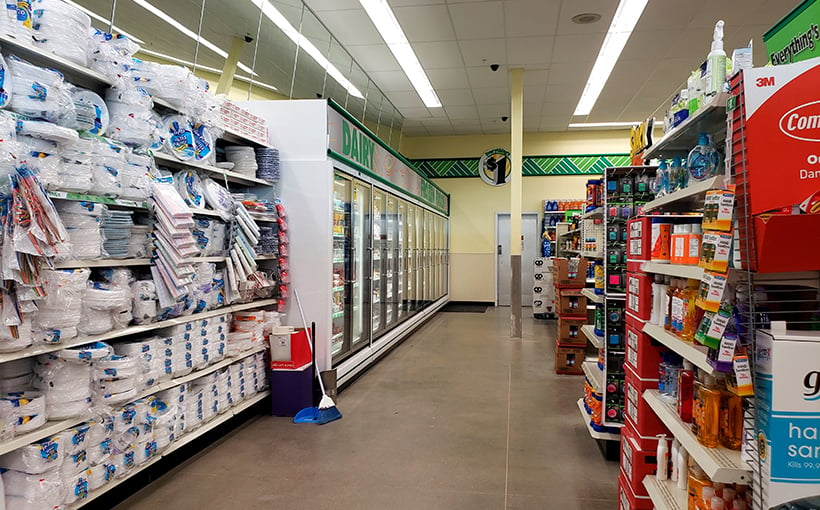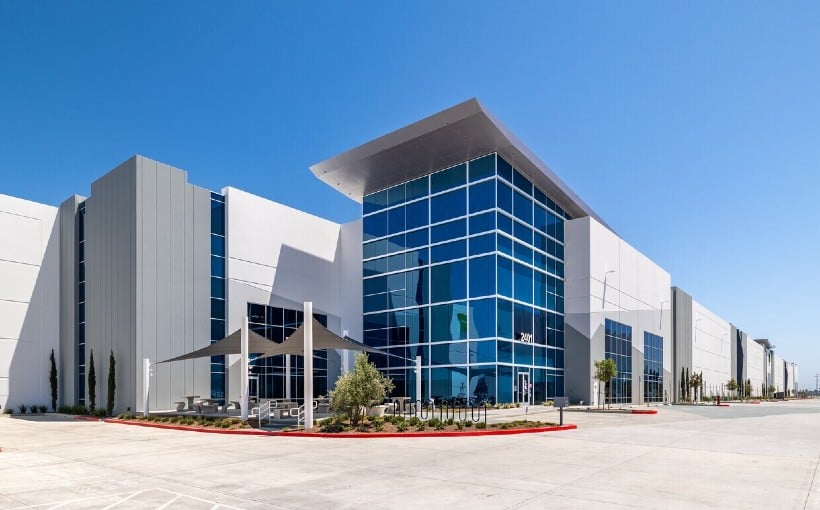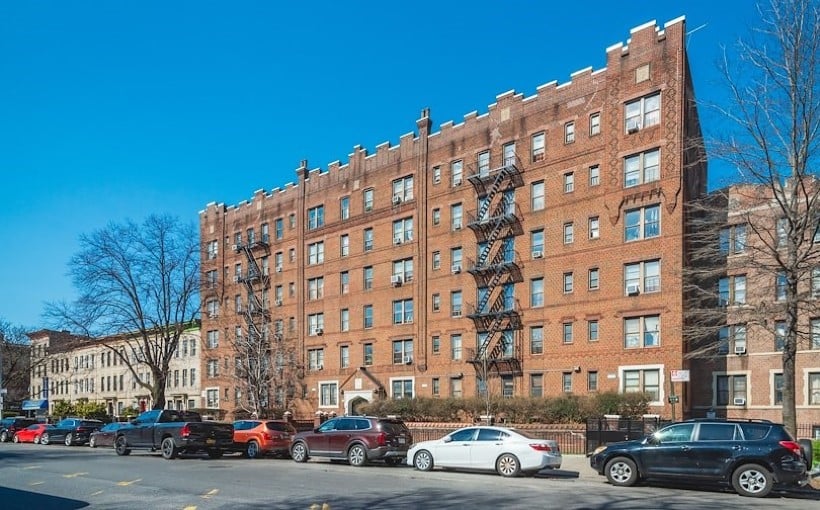**Digging into Drug and Dollar Store Occupancy Costs**
This article is part of a series exploring broader retail space trends. Previous topics have included the demand and supply dynamics for beauty, grocery, and fast food sectors.
—
When retailers evaluate double or triple net lease (NNN) agreements, key considerations often revolve around monthly rent, capital improvements, and maintenance expenses. However, an equally critical factor—one that’s sometimes overlooked—is occupancy cost.
According to Mark Sigal, CEO of Datex Property Solutions, “Occupancy costs is a metric that helps quantify a tenant’s merchant health, especially relative to their operating performance, within their merchant category and over time.”
Recently, this metric has been rising sharply for retail pharmacies and dollar stores. Connect CRE spoke with a variety of retail experts to understand why this is occurring — and what can be done about it.
**Defining Occupancy Costs**
Occupancy costs differ from tenant improvements or build-out expenses. Paul Bartlett, a broker with Axiom Retail Advisors, explained, “Tenant improvements and build-out costs are capital expense items and typically one-time outlays prior to opening. They are not considered occupancy costs.”
Instead, occupancy costs encompass rent, landlord marketing contributions, common area maintenance (CAM), taxes, and insurance. It’s calculated as:
**Tenant Base Rent + Pro-Rata Share of NNN Expenses / Tenant Reported Sales**
Sigal noted that this figure provides deeper insights than retail sales per square foot alone, as it’s a clearer measure of how much sales revenue is being consumed by the physical store’s cost of operation.
**The Rising Tide of Occupancy Costs**
Lower occupancy costs are ideal, and during the pandemic, drug and dollar stores—deemed essential—showed relatively favorable figures. According to Datex:
– Drug store occupancy costs were at 2.19%
– Dollar store occupancy costs were at 9.42%
However, over the past five years, those numbers have changed:
– Drug store occupancy costs rose by 32.36%
– Dollar store occupancy costs increased by 26.78%
Jason Maier, Senior Vice President of Investment Sales at Northmarq, noted that not all retail pharmacy space is pulling its weight. “Roughly 4,000 square feet of every 14,000-square-foot drug store is unprofitable,” he said, signaling that around 30% of store space might be underperforming or losing money.
**Why the Increase?**
Several dynamics are contributing to rising occupancy costs:
*1. Increased Tenant Costs*
Maier pointed to rising costs for repairs, maintenance, taxes, and insurance—particularly in states with high premiums. “Most tenants self-insure for major portions of required coverage under the lease,” he explained. Additionally, keeping stores competitive in today’s inflated economy requires continual upgrades, upkeep of parking lots and HVAC systems, and cosmetics—all of which increase costs.
Further, natural disasters are making insurance more expensive. “Rising replacement and repair costs are inflating the cost of claims,” Bartlett explained. “Insurers are also placing stricter underwriting and becoming more risk-averse.”
*2. Higher Rents*
Richard Rizika, co-founder of Beta Agency, attributed much of the rise in occupancy costs to changing rent dynamics. “We’re seeing base rents push upwards and lease structures favoring landlords, especially given today’s low retail vacancy rates,” he said.
Landlords are not only increasing base rents but also passing along other operating expenses such as marketing and technology, which are now commonly included in NNN costs.
*3. Sales Declines*
As rent and costs increase, revenue is trending in the opposite direction. Datex data shows:
– Drug store sales declined by 22.78%
– Dollar store sales declined by 19.18%
Theft is another contributor to decreased profitability, with some stores having to lock up products due to theft, leading to a declining customer experience. Maier noted that this deterioration often results in store closures, further impacting retailers.
Sigal added that a lack of retail innovation may be driving consumers toward online competitors such as Amazon. Stephanie Skrbin, a retail broker with Axiom Real Estate Advisors, echoed this sentiment, saying that many customers turned to online pharmacies during the pandemic—and haven’t returned.
Even convenience-oriented purchases—like school and office supplies—are increasingly being purchased online. “The distinction between pharmacy revenue and convenience revenue is becoming increasingly blurred,” said Maier.
**The Impact**
Rising occupancy costs are leading to a strategic pivot for many retailers.
– Underperforming locations are being closed
– Lease terms are renegotiated
– Retailers are downsizing their physical footprints
– Many are investing in online operations to reduce store reliance
“Retailers are also cutting in-store staffing, leading to poor merchandising, which in turn increases theft and further weakens the in-store experience,” said Sigal. He emphasized the downward spiral this can create: “Merchants that fail to provide a satisfying customer experience are destined to fail.”
**Potential Solutions**
Despite current challenges, experts believe the industry can adapt—and even thrive—if the right strategies are employed.
Bartlett advised tenant reps to educate clients on their occupancy costs and identify cost-saving opportunities. Landlord reps, he added, should prepare for inevitable closures by proactively developing plans to backfill spaces left by major chains like Rite Aid, Walgreens, and CVS.
Sigal suggested co-tenancy arrangements as a way to distribute occupancy costs and boost traffic across retail tenants. “One of the benefits of multi-tenant retail centers is the ability to leverage anchor tenants to support others,” he said.
Technology may also provide relief. Bartlett mentioned solutions such as self-checkouts and automation in inventory management. Other cost-cutting strategies include upgrading lighting, fixtures, and HVAC systems, and installing solar systems to lower utility bills.
**Looking Ahead**
Drug and dollar stores are going through a transformative period, marked by elevated operating expenses and diminishing foot traffic. As leases near renewal within the next five to seven years, there could be an influx of store closures and consolidations. While opportunities for innovation and reinvestment exist, Maier also acknowledged that many stores with unsustainable occupancy costs may see their valuations nosedive and be sold at steep discounts.
Retailers that adapt will survive—perhaps even thrive. Those that don’t may quickly fall behind in an increasingly competitive marketplace.
—
*This article was originally published by Connect Commercial Real Estate.*




